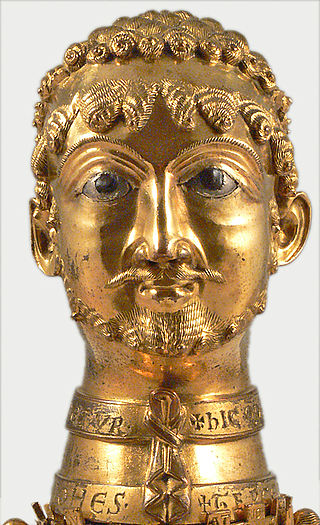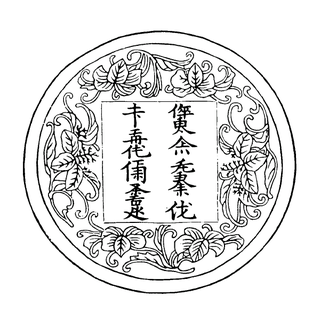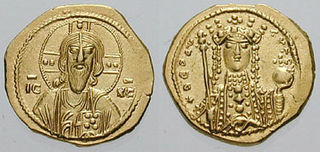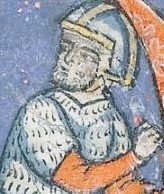
Year 1135 (MCXXXV) was a common year starting on Tuesday of the Julian calendar.
The 1150s was a decade of the Julian Calendar which began on January 1, 1150, and ended on December 31, 1159.
The 1100s was a decade of the Julian Calendar which began on January 1, 1100, and ended on December 31, 1109.
The 1120s was a decade of the Julian Calendar which began on January 1, 1120, and ended on December 31, 1129.
The 1130s was a decade of the Julian Calendar which began on January 1, 1130, and ended on December 31, 1139.
The 1140s was a decade of the Julian Calendar which began on January 1, 1140, and ended on December 31, 1149.

Year 1152 (MCLII) was a leap year starting on Tuesday of the Julian calendar.

Year 1156 (MCLVI) was a leap year starting on Sunday of the Julian calendar.
The 1110s was a decade of the Julian Calendar which began on January 1, 1110, and ended on December 31, 1119.
Year 1118 (MCXVIII) was a common year starting on Tuesday of the Julian calendar.

Year 1120 (MCXX) was a leap year starting on Thursday of the Julian calendar.

Year 1125 (MCXXV) was a common year starting on Thursday of the Julian calendar.
Year 1111 (MCXI) was a common year starting on Sunday of the Julian calendar.

1055 (MLV) was a common year starting on Sunday of the Julian calendar.

Year 1100 (MC) was a leap year starting on Sunday in the Julian calendar, the 1100th year of the Common Era (CE) and Anno Domini (AD) designations, the 100th year of the 2nd millennium, the 100th and last year of the 11th century, and the 1st year of the 1100s decade. In the proleptic Gregorian calendar, it was a non-leap century year starting on Monday.

Year 1101 (MCI) was a common year starting on Tuesday of the Julian calendar. It was the 2nd year of the 1100s decade, and the 1st year of the 12th century.

Year 1103 (MCIII) was a common year starting on Thursday of the Julian calendar.

Year 1190 (MCXC) was a common year starting on Monday of the Julian calendar.

Year 1140 (MCXL) was a leap year starting on Monday of the Julian calendar.

Year 1150 (MCL) was a common year starting on Sunday of the Julian calendar.












